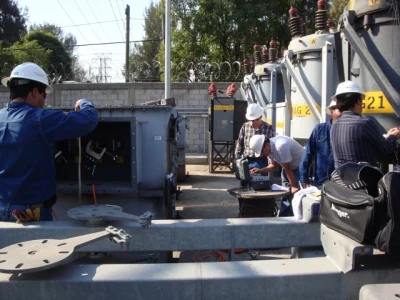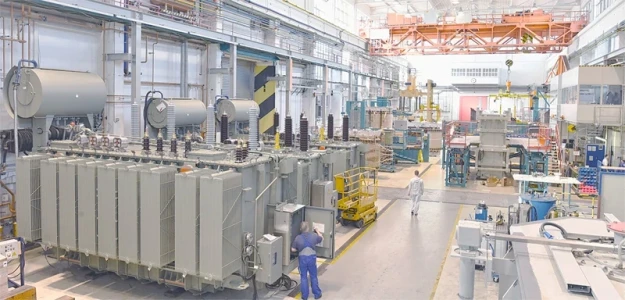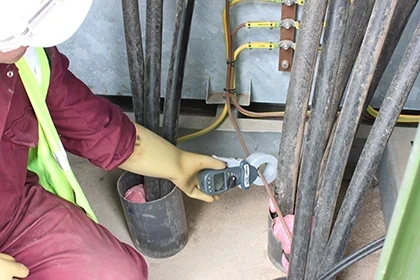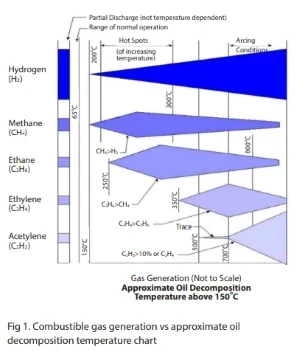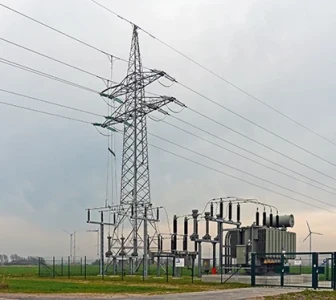MITIGATING TRANSFORMER FAILURES: ADVANCED MONITORING AND MAINTENANCE STRATEGIES

Power transformers are critical assets in electrical transmission and distribution networks. Their failure can lead to widespread outages, costly downtime, and potential safety hazards. As transformers age and operate under varying electrical and environmental stresses, degradation becomes inevitable. However, through advanced monitoring techniques like Dissolved Gas Analysis (DGA) and Frequency Response Analysis (FRA), utilities can proactively identify early signs of failure, enabling preventive maintenance and extending transformer service life.
Dissolved Gas Analysis (DGA): A Window into Transformer Health
DGA is a well-established diagnostic method used to detect transformer insulation and oil degradation by analyzing the gases dissolved in transformer oil. When internal faults occur, electrical and thermal stresses break down the oil and solid insulation materials, generating gases that dissolve in the oil. By examining the composition and concentration of these gases, engineers can infer the nature and severity of the developing faults.
The primary gases analyzed in DGA provide insights into different fault conditions:
- Hydrogen (H₂) indicates low-energy partial discharge activity
Methane (CH₄) suggests overheating of oil at moderate temperatures. - Ethane (C₂H₆) and Ethylene (C₂H₄) signify thermal degradation of oil at high temperatures.
- Acetylene (C₂H₂) is strongly associated with arcing and electrical breakdowns.
- Carbon Monoxide (CO) and Carbon Dioxide (CO₂) indicate degradation of cellulose-based insulation, such as paper and pressboard.
Read the full article in the Transformer Technologies Special Edition

